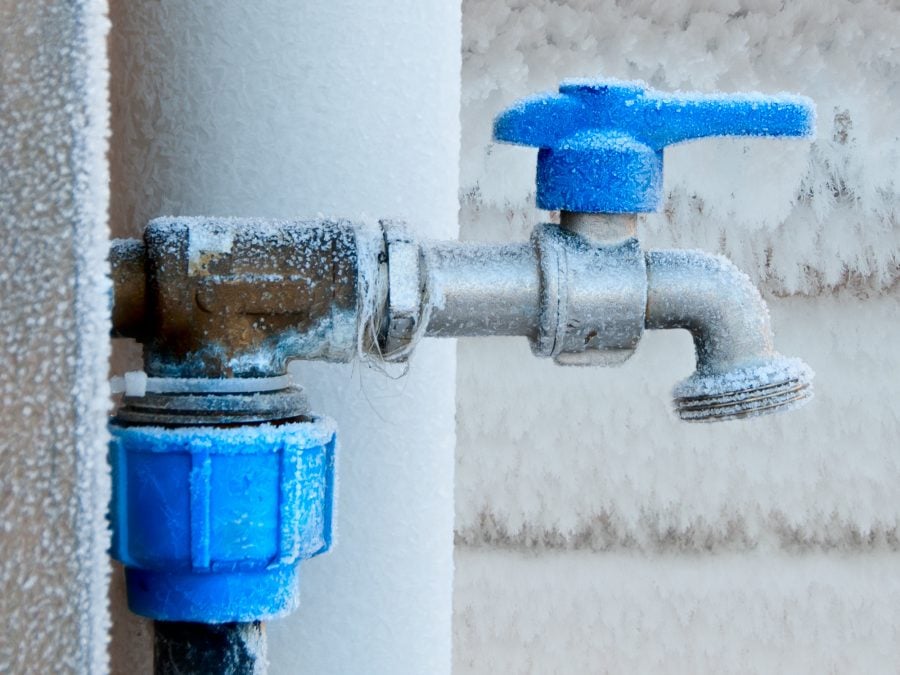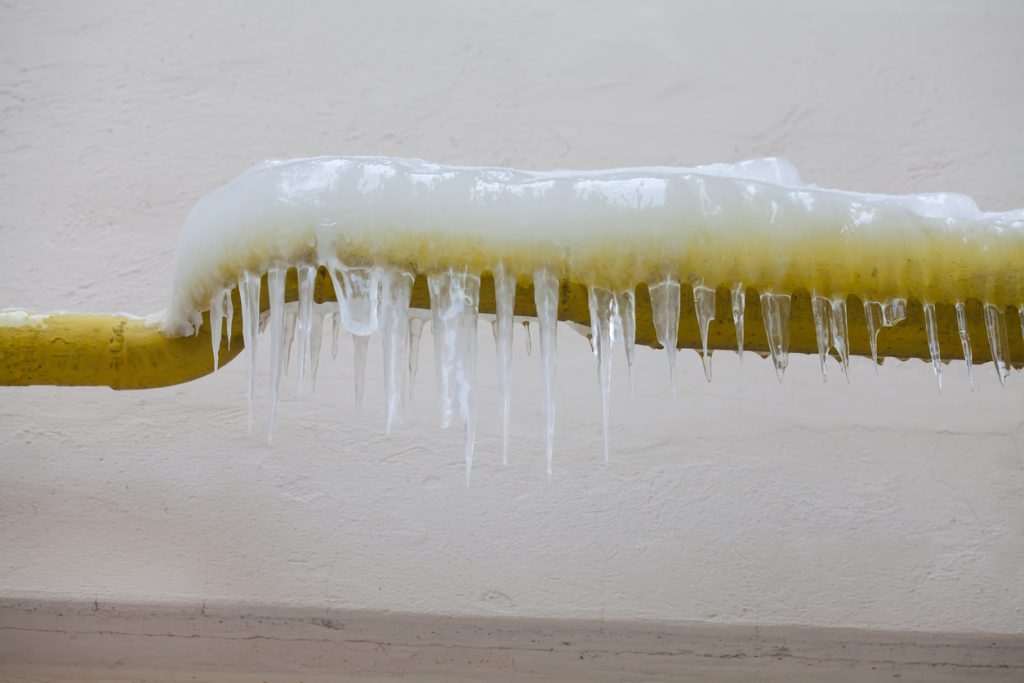Avoiding Your Pipes from Freezing: Top Tips
Avoiding Your Pipes from Freezing: Top Tips
Blog Article
What are your insights and beliefs on Helpful Tips to Prevent Frozen Pipes this Winter?

Cold weather can wreak havoc on your pipes, specifically by freezing pipes. Right here's how to avoid it from happening and what to do if it does.
Intro
As temperature levels decrease, the danger of icy pipelines rises, possibly causing costly repair work and water damage. Understanding exactly how to stop icy pipes is critical for home owners in chilly climates.
Comprehending Frozen Pipelines
What causes pipes to ice up?
Pipes ice up when exposed to temperatures listed below 32 ° F (0 ° C) for extended periods. As water inside the pipes ices up, it broadens, putting pressure on the pipeline walls and potentially creating them to burst.
Dangers and problems
Frozen pipes can result in water disruptions, property damages, and expensive repair services. Burst pipelines can flooding homes and cause comprehensive architectural damages.
Indicators of Frozen Piping
Determining frozen pipes early can avoid them from bursting.
Just how to identify icy pipelines
Look for decreased water circulation from faucets, uncommon odors or sounds from pipes, and noticeable frost on exposed pipes.
Avoidance Tips
Protecting vulnerable pipelines
Cover pipelines in insulation sleeves or utilize heat tape to shield them from freezing temperatures. Concentrate on pipes in unheated or outside areas of the home.
Heating techniques
Keep indoor spaces properly heated, particularly areas with plumbing. Open closet doors to allow warm air to distribute around pipelines under sinks.
Securing Outside Pipes
Yard hoses and outside faucets
Separate and drain pipes garden hose pipes prior to winter season. Mount frost-proof spigots or cover outside taps with shielded caps.
What to Do If Your Pipelines Freeze
Immediate actions to take
If you presume frozen pipelines, maintain taps open to alleviate stress as the ice thaws. Use a hairdryer or towels soaked in hot water to thaw pipes gradually.
Long-Term Solutions
Structural modifications
Take into consideration rerouting pipelines far from exterior wall surfaces or unheated locations. Include added insulation to attics, cellars, and crawl spaces.
Upgrading insulation
Purchase top quality insulation for pipes, attics, and walls. Proper insulation helps maintain consistent temperatures and reduces the threat of icy pipes.
Conclusion
Avoiding icy pipes calls for aggressive measures and fast feedbacks. By understanding the causes, indicators, and preventive measures, house owners can secure their plumbing throughout cold weather.
5 Ways to Prevent Frozen Pipes
Drain Outdoor Faucets and Disconnect Hoses
First, close the shut-off valve that controls the flow of water in the pipe to your outdoor faucet. Then, head outside to disconnect and drain your hose and open the outdoor faucet to allow the water to completely drain out of the line. Turn off the faucet when done. Finally, head back to the shut-off valve and drain the remaining water inside the pipe into a bucket or container. Additionally, if you have a home irrigation system, you should consider hiring an expert to clear the system of water each year.
Insulate Pipes
One of the best and most cost-effective methods for preventing frozen water pipes is to wrap your pipes with insulation. This is especially important for areas in your home that aren’t exposed to heat, such as an attic. We suggest using foam sleeves, which can typically be found at your local hardware store.
Keep Heat Running at 65
Your pipes are located inside your walls, and the temperature there is much colder than the rest of the house. To prevent your pipes from freezing, The Insurance Information Institute suggests that you keep your home heated to at least 65 degrees, even when traveling. You may want to invest in smart devices that can keep an eye on the temperature in your home while you’re away.
Leave Water Dripping
Moving water — even a small trickle — can prevent ice from forming inside your pipes. When freezing temps are imminent, start a drip of water from all faucets that serve exposed pipes. Leaving a few faucets running will also help relieve pressure inside the pipes and help prevent a rupture if the water inside freezes.
Open Cupboard Doors
Warm your kitchen and bathroom pipes by opening cupboards and vanities. You should also leave your interior doors ajar to help warm air circulate evenly throughout your home.

I'm just very fascinated with How To Avoid Freezing Pipes and I'm hoping you appreciated my post. Do you know anybody else who is interested by the niche? Be sure share it. Thanks for taking the time to read it.
Schedule Service Pickup Report this page